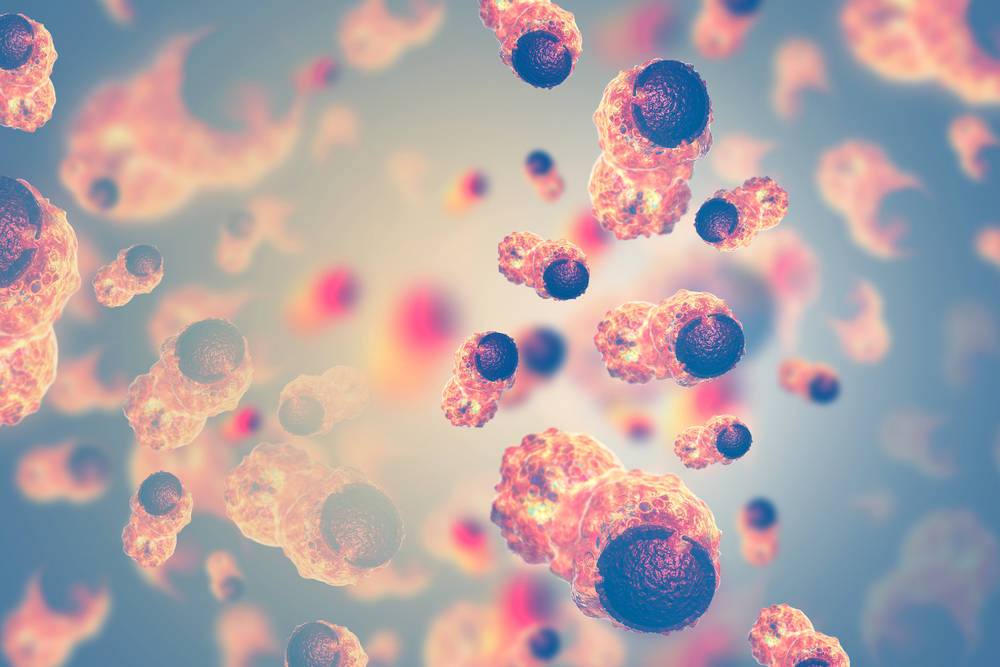On January 31, a new Camp Lejeune study was released by the government that found military personnel who served at Camp Lejeune during the mid-1970s and 1980s had at least a 20 percent greater risk of developing certain cancers compared with those who were stationed elsewhere.
Conducted through the Centers for Disease Control and Prevention’s Agency for Toxic Substances and Disease Registry (ATSDR), the revelations of the study have come at a crucial time for those who are hoping for compensation for the harm Camp Lejeune’s water contamination caused them.
The Camp Lejeune Justice Act allows those who lived or worked at Camp Lejeune between 1953 to 1987 and have been diagnosed with specific cancers or other illnesses to receive compensation for their injuries through a Camp Lejeune claim or Camp Lejeune lawsuit. However, the deadline to file a Camp Lejeune claim is fast approaching. Victims must file by August 10, 2024, to qualify.
Several cancers and other diseases have already been linked to the Camp Lejeune water contamination through previous work done by ATSDR, including kidney cancer, liver cancer, non-Hodgkin lymphoma, leukemia, bladder cancer, multiple myeloma, Parkinson’s disease, kidney disease and systemic sclerosis. However, the new ATSDR cancer incidence study adds more, including all myeloid cancers, myeloproliferative disorders like polycythemia vera and myelodysplastic syndromes, marginal zone lymphoma as well as cancers of the lung, breast, larynx, thyroid and soft tissues.
Since the Camp Lejeune claims deadline is less than six months away, if an individual is suffering from any of the cancers, either already recognized by the government, or through the new study, getting in touch with a Camp Lejeune lawyer now could ensure proper action is taken to receive a settlement or file a Camp Lejeune lawsuit.
The New Camp Lejeune Cancer Study
Researchers spent nine years gathering data from cancer registries across the country and focused on the years between 1975 and 1985. They then compared records of people who lived or worked at Camp Lejeune to those at Camp Pendleton in California. The reason for the comparison was to include a look at cancer incidence among a similar population not exposed to contaminated water. In total, the project included records of more than 400,000 individuals.
Here is a look at some of the additional cancers now associated with the Camp Lejeune contaminated water.
Myeloid Cancers
Myeloid cancers involve the cells that become white blood cells (other than lymphocytes), red blood cells, and platelet-producing cells. They include myeloproliferative disorders and myelodysplastic syndromes.
Myeloproliferative Disorders
With myeloproliferative disorders (MPDs), also called myeloproliferative neoplasm, the bone marrow makes too many of one or more types of blood cells (red blood cells, white blood cells, or platelets). This can lead to problems including blood clots, an enlarged spleen, gout, or issues with the stomach lining, esophagus or small intestine. The most common of MPDs, which was identified on the list of new cancers from Camp Lejeune’s contaminated water, is polycythemia vera (PV). Patients suffering from PV may have not just elevated numbers of one type of blood cells but all three. Symptoms include itchiness, numbness, tingling, weakness in extremities, a feeling of fullness (enlarged spleen), nosebleeds, painful swelling in joints and shortness of breath. Treatments include frequent phlebotomies (blood withdrawals) to reduce the number of red blood cells, and medications to reduce the number of blood cells in their system. Doctors also could put a patient on heart medications.
Myelodysplastic Syndromes
People with myelodysplastic syndromes (MDS) have blood stem cells (immature cells) that do not become full red blood cells, white blood cells, or platelets in the bone marrow. With MDS, blood cells either die in the bone marrow or soon after they go into the blood and there is potential that healthy white blood cells, red blood cells, or platelets are at risk for not developing properly. About one in three patients, experience the MDS progressing into a rapidly growing cancer of bone marrow cells called acute myeloid leukemia (AML). Symptoms include bruising or bleeding, petechiae (flat, pinpoint spots under the skin), paleness, shortness of breath and fatigue. MDS patients who are in relatively good health may receive a stem cell transplant for treatment. If low blood counts are causing problems, supportive care treatments such as transfusions or blood cell growth factors may be helpful. Doctors may also recommend particular chemotherapy drugs to improve blood counts or drugs to suppress the immune system.
Marginal Zone lymphoma
Marginal zone lymphoma is a slow-growing type of non-Hodgkin lymphoma that begins forming in certain areas of lymph tissue. There are three types based on whether it forms in the spleen, lymph nodes, or other lymphoid tissue that contains multiple B cells, a type of white blood cell. Symptoms include fever (without an infection), night sweats, weight loss, rashes and chest or abdominal pain. Treatments include radiation therapy, chemotherapy and/or immunotherapy.
Esophageal Cancer
Esophageal cancer occurs in the esophagus, which moves food from your throat to your stomach. Symptoms include difficulty swallowing, unexplained weight loss, chest pain or pressure, worsening heartburn or indigestion, and coughing. Depending on the stage of the cancer, treatments may include targeted radiation therapy, chemotherapy, laser therapy, electrocoagulation or immunotherapy.
Breast Cancer
Breast cancer or ductal carcinoma in males and females begins in the lining of the ducts of the breast and moves into tissue if not treated. It can also begin in the glands (even though these breast parts are not functional in men). Symptoms include breast lumps or thickening, breast changes in size or shape, dimpling, pain and/or discharge. Treatment may include breast-conserving surgery known as a lumpectomy, radiation, or a mastectomy. Chemotherapy and other medications could also be recommended.
Cancer of the Larynx
Cancer of the larynx begins in the part of the throat found at the entrance of the windpipe (trachea). Symptoms include a hoarse voice for more than 3 weeks, pain or difficulty swallowing, a lump or swelling in the neck, a long-lasting cough, a sore throat, wheezing or difficulty breathing.
Treatments include radiation, chemotherapy and/or surgery, and in advanced cases, immunotherapy. Patients may be required to receive care from specialists to regain the ability to swallow, eat solid foods, and/or talk.
Lung Cancer
Unless it is diagnosed early, lung cancer often spreads to other parts of the body because of the constant flow of fluids that can carry cancer cells to nearby areas, such as the chest wall, neck, esophagus, and the protective sac around the heart. Symptoms include coughing (and coughing up blood), shortness of breath, chest and/or bone pain, headaches, and weight loss. Treatments include chemotherapy, radiation therapy, medication and/or surgery (There are three types of surgery including wedge resection which removes only a small part of the lung, lobectomy which removes one lobe of the lung and Pneumonectomy which removes an entire lung).
Thyroid cancer
There are several kinds of thyroid cancer: papillary, follicular, medullary, and anaplastic with the first two being less aggressive. Symptoms include swelling in the neck, voice changes and difficulty swallowing. Treatments include surgery, radioactive iodine therapy, hormone therapy, chemotherapy or radiation.
Soft Tissue Cancer
Also called soft tissue sarcoma, soft tissue cancer starts in muscles, tendons, fat, lymph blood vessels, or nerves. It can develop anywhere in the body but is found mostly in the arms, legs, chest, and abdomen. Symptoms include swelling in the area where there is a tumor. If the tumor is near the abdomen, the stomach area may swell and could cause pain. If it is near the lungs, a cough or breathlessness may occur. Treatments include a combination of radiation therapy and surgery is often used. Chemotherapy or targeted therapy that uses medicine that attacks specific chemicals in the cancer cells may also be used.
Contacting a Lawyer About a Camp Lejeune Claim
The deadline to file a Camp Lejeune claim is August 10, so there is still time for victims of the Camp Lejeune water crisis to take action. Individuals who were harmed by the contaminated water and those who lost a loved one due to illnesses associated with the toxic water should consult a Camp Lejeune lawyer who understands the complicated process of receiving the right compensation from the government for what happened at Camp Lejeune.




